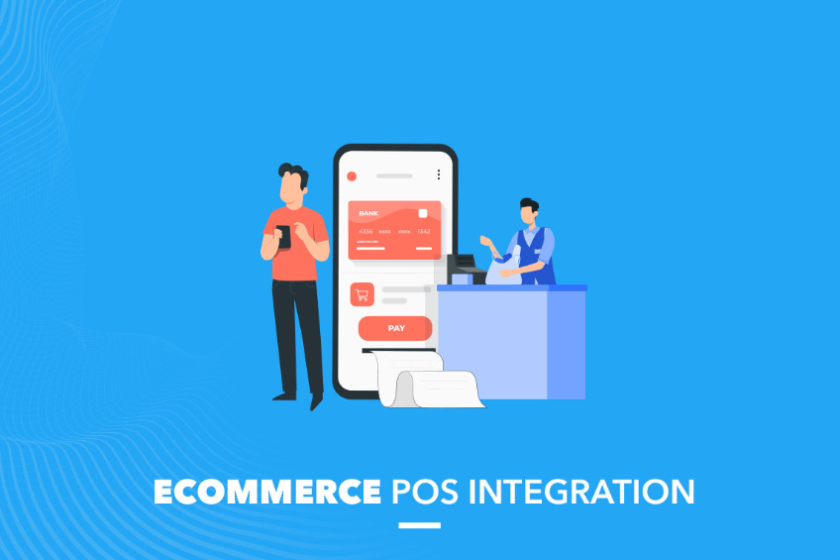As the retail landscape evolves, the integration of e-commerce services and Point of Sale (POS) systems stands out as a transformative strategy for retailers. This fusion not only bridges the gap between online and offline sales channels but also sets the stage for a more connected, efficient, and customer-centric retail future. With technology driving unprecedented changes in consumer behavior, retailers must adapt to stay relevant, and leveraging the synergy between e-commerce and POS systems is key to this adaptation.
The Convergence of Online and Offline Worlds
The distinction between online and offline shopping is becoming increasingly blurred. Today’s consumers expect the flexibility to shop on multiple channels, switching seamlessly between online browsing and in-store purchases. This omni-channel shopping experience is made possible by integrating e-commerce services with POS systems, allowing for a cohesive customer journey that enhances engagement and loyalty.
Real-time Inventory Management
One of the most pressing challenges in retail is managing inventory across various sales channels. E-commerce and POS integration offers a solution by enabling real-time inventory updates. When a product is sold online, the inventory level is immediately reflected in the POS system and vice versa, ensuring accurate stock levels across all platforms. This not only prevents stock discrepancies and sales losses but also supports a more dynamic and responsive supply chain.
Enhanced Customer Experiences
In the future of retail, personalized shopping experiences will be a significant differentiator. By integrating Local ecommerce POS systems, retailers can collect and analyze data from both online and in-store interactions, gaining valuable insights into customer preferences and behavior. This data can inform targeted marketing strategies, personalized recommendations, and loyalty programs, thereby increasing customer satisfaction and retention.
Streamlined Operations and Greater Efficiency
The integration of e-commerce services and POS systems streamlines operations, from sales processing to order fulfillment. Retailers can manage transactions from all channels within a single system, simplifying workflows and reducing the potential for errors. This efficiency not only improves the bottom line but also frees up resources that can be redirected towards innovation and growth.
Data-Driven Decision Making
The future of retail is data-driven, with decisions informed by insights derived from comprehensive data analysis. Integrating e-commerce and POS systems provides a unified view of sales, inventory, and customer data, enabling retailers to make more informed decisions about product assortments, pricing strategies, and customer engagement tactics. This approach allows retailers to stay ahead of trends and adapt to market changes with agility.
Overcoming Challenges
While the integration of e-commerce and POS systems offers numerous benefits, it also presents challenges, such as ensuring data privacy and security, managing the complexity of integration, and training staff to use new systems effectively. Overcoming these challenges requires a strategic approach, including choosing the right technology partners, prioritizing data security, and investing in employee training.
Conclusion
The integration of e-commerce services and POS systems represents the future of retail, offering a path to more connected, efficient, and personalized shopping experiences. As consumer expectations continue to evolve, this integration will be critical for retailers looking to thrive in a competitive marketplace. By embracing the opportunities presented by technology, retailers can navigate the changing landscape with confidence, paving the way for a successful and sustainable future.

